MONDAY, AUGUST 24TH THE JEWISH PALESTINE PAVILION


Monday, August 24th, 2020
Our 138th Edition
MORE TREATS FROM THE PAST
The Jewish Palestine
Pavilion
at the
1939-1940 World’s Fair

I was looking thru the Wikipedia site for the 1939-1940 World’s Fair pages and discovered there was a Jewish Palestine (now Israel) pavilion at the fair. The architecture and art looked interesting and I was sure there was a back story and there was:
Jewish Palestine Pavilion
The Jewish Palestine Pavilion introduced the world to the concept of a modern Jewish state, which a decade later became Israel. The pavilion featured a monumental hammered copper relief sculpture on its facade titled The Scholar, The Laborer, and the Toiler of the Soil by the noted Art Deco sculptor Maurice Ascalon.

FROM THE JEWISH PRESS
The Palestine Pavilion at the 1939 World’s Fair was one of the seminal events in both American Jewish history and the rebirth of Israel. In fact, the entire fair proved very popular among Jews, who playfully referred to the Trylon and Perisphere – the defining icon of the fair –as the “lulav and esrog.”
The modern World’s Fair, or Universal Exposition, originated in the French tradition, as manifested by the French Industrial Exposition held in Paris (1844). This fair led to other national exhibitions throughout Europe, the most famous being the First World Expo – titled the “Great Exhibition of the Works of Industry of All Nations” – which was held in the Crystal Palace in Hyde Park, London, in 1851. Advertisement
Since the establishment of the 1928 Convention Relating to International Exhibitions, the International Exhibitions Bureau served as an international sanctioning body for world’s fairs, the general purpose of which was to create a virtual zone of internationalism where each state could put forward its best face to the world of nations.
Naturally, particularly in the shadow of Hitler and the rise of Nazism in Europe, Zionists sought to participate in the fair as an expression of political Jewish sovereignty, and they dreamed of displaying their flags, singing their anthems, presenting their honor guard of chalutzim, and establishing their pavilion like any other state. Zionist leaders understood their inclusion in the world of nations at the Fair would constitute a powerful argument for international legitimacy.
The Jewish role in previous fairs had been essentially limited to classification as a religious group, but all that changed with the 1939 World’s Fair, held at Flushing Meadows in New York City, due primarily to the efforts of impresario Meyer Weisgal (1894-1977), who directed the creation of the Palestine Pavilion at the fair. Weisgal specified three goals for the Pavilion: first, to gather support for the Zionist cause; second, to protest against Nazi Germany and raise funds for Jewish refugees from Hitler; and third, to put on a strong show of Jewish solidarity on the grand world stage.
Organizers of the Pavilion, led by Weisgal, petitioned the fair’s planning board for space in the fair’s “International Zone,” but the request was summarily rejected because strict guidelines permitted only established countries – which “Palestine” certainly was not. (How richly ironic that in short order many of the European “established countries” – including France, Czechoslovakia, Poland, Belgium, Finland, and Austria – essentially ceased to exist, in terms of independence and sovereignty, due to the Nazi conquests in World War II.)
ALBERT EINSTEIN AND MAYOR FIORELLO LA GUARDIA AT PAVILION DEDICATION. MAURICE ASCALON WORKING ON BRONZE.
In an unexpected concession, the fair’s organizers suggested that Palestine, then under the British Mandate, could participate under the banner of Great Britain. Not surprisingly, the British, given the tense state of affairs in the Mandate, quickly rejected the idea. Fair organizers ultimately granted exhibition space to Palestine in the “Community Interest” zone – but the Arabs, the British, and even the State Department were enraged when the Jewish organizers planned to call their exhibition “the Jewish National Home in Palestine” or “the Land of Israel.”
The ultimate choice – the “Jewish Palestine Pavilion” – did little to assuage them. Though Weisgal failed in his attempt to locate the Pavilion among the other nations, the anti-Jewish Palestine forces were incensed that he succeeded in convincing fair officials to permit the Palestine Pavilion to fly the Zionist flag, to be included in the fair’s Book of Nations, and to be represented in the Parade of Nations, all of which constituted indicia of governmental sovereignty.
Bringing to America the Story of Jewish Achievement. The text inside explains that that the Palestine Pavilion will constitute the first complete panorama to be shown at the American World’s Fair of the transformation that a few decades of Jewish colonialization have wrought in the Holy Land….
The Pavilion will include ten exhibition halls dedicated to various aspects of Jewish life in Palestine today…. The exhibits to be shown at the Pavilion are now being completed in Palestine, where they are being built by Jewish craftsmen out of Palestinian materials… Weisgal cleverly and pointedly planned the exhibit in order to present Zionist ideology as consistent with the fair’s general theme, “Building the World of Tomorrow,” and he conceived the idea of making the Pavilion a “miniature Palestine in Flushing Meadows” and for the building itself to be “authentically Palestinian.”
A flagged courtyard centered the Pavilion, and fifty varieties of trees and plants native to Eretz Yisrael were planted around the courtyard, including orange, lemon, lime, fig and date trees, and lotus and papyrus plants that grew out of the pool. The Pavilion also featured basalt from the Sea of Galilee; special bluish-gray marble from Givaat Hahamishah; striking mosaics brought from the ancient synagogue of Beth Alpha; and a cornerstone brought from Hanita.
After a successful fundraising drive, Dr. Thomas Mann, the German novelist, social critic, philanthropist, and staunch anti-Nazi who in 1929 had been awarded the Nobel Prize in literature, dedicated the cornerstone of the Palestine Pavilion on May 13, 1939. New York Mayor Fiorello La Guardia welcomed the exhibit because of its “special significance at this time, when the problem of a refuge for Jews persecuted by the totalitarian governments is growing more acute from day to day.” Though the actual formal dedication, which took place two weeks later on May 28, had to be postponed because the Pavilion had not been completed, it was unofficially opened a few weeks early to satisfy high public demand –
For more than forty years the people of the world have been listening to the struggle of a homeless people to recreate and reinhabit the ancient land of their forefathers. To most people this story has remained the tale of far-off accomplishments. Now, for the first time, through the Palestine Pavilion at the forthcoming World’s Fair, millions of people will be brought into physical contact with Jewish Palestine.
With their bare hands the Jews have wrested a fertile, thriving community from the heart of a barren wilderness. It is the triumph of life defeating death, the victory of Jewish idealism, courage and tenacity.This is the story which the Palestine Pavilion will attempt to tell to the millions that will come to visit the World’s Fair. Also exhibited here, as Exhibit 4, is The Jewish Palestine Pavilion – A Monument to Zionist Achievement in Eretz Israel, a pamphlet issued by the Zionist Organization of America.
It shows the Pavilion, which was designed by Arieh (Sapoznikov) El-Hanani, and “The Scholar, the Laborer, and the Toiler of the Soil,” the immense hammered copper relief sculpture at the facade of the Pavilion building by sculptor Maurice Ascalon, the “father of modern Israeli decorative arts.”

THE PAVILION WAS NOT WITH OTHER COUNTRIES BUT WITH A INTERESTING GROUP OF “MISCELLANEOUS” ORGANIZATIONS.
PAVILION ARCHITECT
ELHANANI, ARYEH
(1898–1985), Israeli architect, painter, and designer. Elḥanani was born in Russia, where he studied art and architecture in Kiev between 1913 and 1917. He immigrated to Ereẓ Israel in 1922 and began his career by designing trade fairs, and later pavilions for trade fairs abroad, designing inter alia the symbol of the Levant Fairs, a flying camel, and the Palmaḥ and idf logos. In 1934 he sculpted The Hebrew Worker, located in Palmer Square, Tel Aviv. In the 1940s he undertook the planning of the buildings of the Weizmann Institute of Science in Reḥovot, and from then continued designing institutes of higher learning and other public institutes such as Bar-Ilan University. Two of his most notable designs are the Yizkor Tent at Yad Vashem in Jerusalem and the Memorial Square at Yad Weizmann in Reḥovot. His designs reflect the spirit of a nation reborn. He was awarded the Israel Prize in 1973. The Elḥanani Prize for combining art and architecture is named after him.
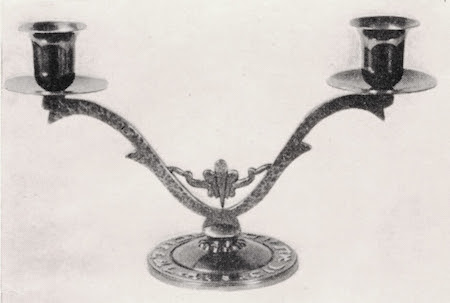
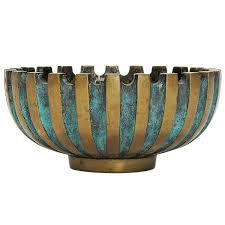
Maurice Ascalon
SCULPTOR
(Hebrew: מוריס אשקלון; 1913–2003) was an Israeli designer and sculptor. He was, by some accounts, considered the father of the modern Israeli decorative arts movement.
Maurice Ascalon was born as Moshe Klein in eastern Hungary. From an early age, he was determined to pursue his artistic yearnings, however in order to do so, he was forced to abandon his ultra-religious Chasidic Jewish roots – for artistic expression was frowned upon in the eastern Hungarian “shtetl” in which he was raised. When he was 15 years old Klein left his family and boyhood home to study art at the Académie Royale des Beaux-Arts in Brussels.
He took with him an in-depth understanding of the rituals and traditions of the Jewish ceremonies, which knowledge he would later apply to his artistic endeavors. In 1934, after undertaking his formal artistic training in Brussels and later Milan, Maurice Ascalon immigrated to the land of Israel (then the British Mandate of Palestine). There he met his wife-to-be, Zipora Kartujinsky, a Polish-born Jew, granddaughter to the distinguished cartographer and scientist of the same surname. (Zipora, who died in 1982, became a sculptor in her own right late in her life, creating magnificent bas reliefs depicting the Shtetl life of her childhood)
In 1939, Maurice Ascalon designed and created the enormous 14-foot-tall (4.3 m) hammered repoussé copper relief sculpture of three figures, “The Toiler of the Soil, the Laborer and the Scholar”, which adorned the façade of the Jewish Palestine Pavilion of the 1939 New York World’s Fair. Ascalon was commissioned to create this work for the historically significant Pavilion which introduced the world to the concept of a modern Jewish state.
(The work is now part of the collection of the Spertus Institute for Jewish Learning and Leadership in Chicago.) In the late 1930s, Ascalon founded an Israeli decorative arts manufacturing company, Pal-Bell, which produced trademark bronze and brass menorahs and other Judaic and secular decorative art and functional items that were exported in large numbers worldwide.
Maurice Ascalon’s well-recognized designs, some art deco, others more traditional, introduced the use of a deliberate, chemically induced green patina (verdigris) to Israeli metalwork, which is now a hallmark of Israel’s crafts industry. During Israel’s War for Independence in 1948, Maurice designed munitions for the Israeli Army and, at the request of the Israeli government, retrofitted his factory to produce munitions for the war effort. In 1956 Maurice immigrated to the United States. During the latter part of the 1950s through the 1960s, Maurice resided in New York and Los Angeles.
He gained a reputation as a master silversmith, creating for synagogues magnificent Torah crowns and other l objects of Jewish ceremonial art that he first learned of in his youth. For a time, he taught sculpture on the fine arts faculty of the University of Judaism (now the American Jewish University) in Los Angeles. In the late 1970s, Maurice’s workshop, now formally dubbed Ascalon Studios, relocated to the Philadelphia area. It became (and still is today, under the direction of Maurice’s son, David Ascalon) a multifaceted art studio dedicated to the design of and creation of site-specific art for worship and public spaces. In February 2003, Maurice Ascalon celebrated his 90th birthday as a resident of Cuernavaca, Mexico, where he lived with his eldest son, Adir Ascalon (Adir was a surrealist painter and sculptor who collaborated with the noted Mexican muralist David Alfaro Siqueiros). In August 2003, Maurice Ascalon succumbed to complications related to Parkinson’s disease, an illness he endured during most of the final decade of his life. Maurice Ascalon’s commissions include permanent installations at worship and public spaces throughout the United States, Mexico, and Israel. His works have been exhibited at and are among the collections of institutions including the Jewish Museum (New York), the Museum of American Jewish History in Philadelphia, Spertus Institute for Jewish Learning and Leadership in Chicago, the Eretz Israel Museum in Tel Aviv, and the University of Judaism in Los Angeles.
The Yizkor Plaque in the Maltz Performing Arts Center
CLEVELAND JEWISH HISTORY
The New York World’s Fair, which opened in 1939 and closed in October 1940, had a Jewish Palestine Pavilion. The exhibit, whose presence had been opposed by many, told the Zionist story to four million visitors. It was nearly a decade before the State of Israel was recognized by the world. In 1941 a precious remnant of that exhibit was installed in the Silver Sanctuary of The Temple – Tifereth Israel in University Circle. It remains there today, now part of the auditorium of the Milton and Tamar Maltz Performing Arts Center of Case Western Reserve University. It is very appropriate for it to be there in the place where Rabbi Abba Hillel Silver preached, for it was Silver who led the mobilization of American and world support for the founding of the State of Israel.



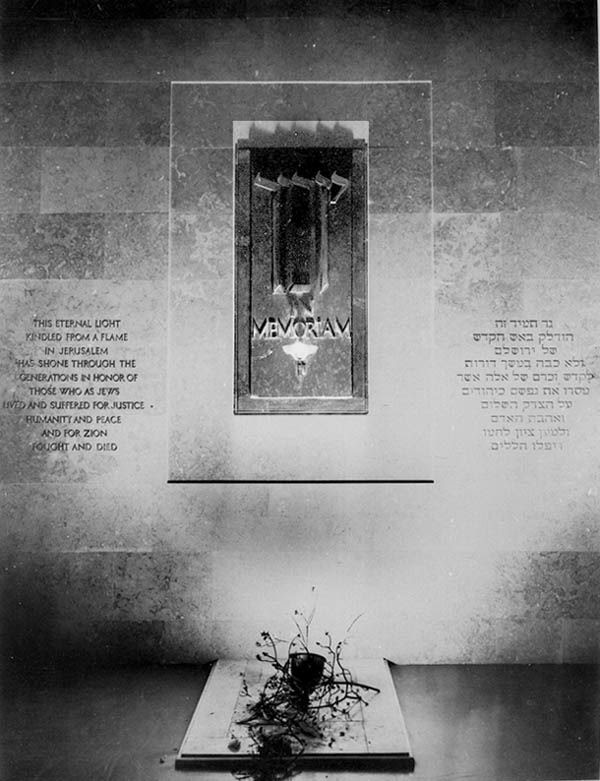

THIS YIZKOR PLAQUE FROM THE PAVILION IS NOW IN CLEVELAND.

AFTER THE FAIR CLOSED ARTIFACTS WERE SOLD OFF SINCE DUE TO THE WAR THE MEDITERRANEAN WAS CLOSED FOR SHIPPING. THE YISKOR PLAQUE CAME TO CLEVELAND.
THE SCULPTURE CAME TO THE SPERTUS MUSEUM IN CHICAGO. THEY WERE OVER THE ENTRY TO THE MUSEUM. AT THE MOMENT THEY ARE STORED FOR CONSERVATION.
Ascalon Studios, Inc. March 29, 2011 · Flushing, New York ·
In the late 1930s, Ascalon Studios co-founder, Maurice Ascalon, resided in what was then the British Mandate of Palestine, to which he immigrated after spending years studying sculpture in Brussels and Milan. The young Ascalon was then commissioned by the architect Ari El-Hannini to design and implement a prominent artwork for the facade of a building being designed for construction across the world. The building was the Jewish-Palestine Pavilion for the upcoming 1939 New York World’s Fair. This pavilion would introduce the people of the world to the concept of a modern Jewish nation. Welcoming the people of the world to the pavilion would be Ascalon’s artwork, a magnificent Art Deco copper relief he created utilizing the hand hammering repoussé and chasing techniques he mastered in Europe over the preceding decade. Ascalon’s sculpture consisted of three fourteen foot high figures. “The Scholar, The Laborer, and The Toiler of the Soil” represented three facets necessary for the creation of a successful society – a society which, a decade later (separated by the Second World War and the atrocities of the Holocaust) would become the modern State of Israel. The 1939 New York World’s Fair, which covered the 1,216 acres of Flushing Meadows-Corona Park (also the location of the 1964-1965 New York World’s Fair), was the largest world’s fair in history. Many countries around the world participated with their own pavilions, and over 44 million people attended its exhibits during two seasons. At the conclusion of the Fair in 1940, its pavilions were decommissioned, and Ascalon’s “The Scholar, The Laborer, and The Toiler of the Soil” made its way to Chicago, where the sculpture became part of the permanent collection of the Spertus Museum. For years the piece was prominently displayed on the facade of the The Spertus on Michigan Avenue across from Millennium Park. The piece was eventually removed and taken inside to the museum’s repository. Today, 70 years after its creation, the historical artifact awaits restoration.
MONDAY PHOTO OF THE DAY
SEND YOUR ENTRY TO ROOSEVELTISLANDHISTORY@GMAIL.COM
WIN A SELECT TRINKET FROM THE RIHS VISITOR CENTER KIOSK

WEEKEND PHOTO OF THE DAY
ENTRY TO THE NEW GRADUATE HOTEL AT CORNELL TECH

CLARIFICATION
WE ARE HAPPY TO GIVE WINNERS OF OUR DAILY PHOTO IDENTIFICATION A TRINKET FROM THE VISITOR CENTER. ONLY THE PERSON IDENTIFYING THE PHOTO FIRST WILL GET A PRIZE.
WE HAVE A SPECIAL GROUP OF ITEMS TO CHOOSE FROM.
WE CANNOT GIVE AWAY ALL OUR ITEMS,. PLEASE UNDERSTAND THAT IN THESE DIFFICULT TIMES, WE MUST LIMIT GIVE-AWAYS. THANK YOU
NEW FEATURE
FROM OUR KIOSK
GREAT STUFF FOR ALL OCCASIONS
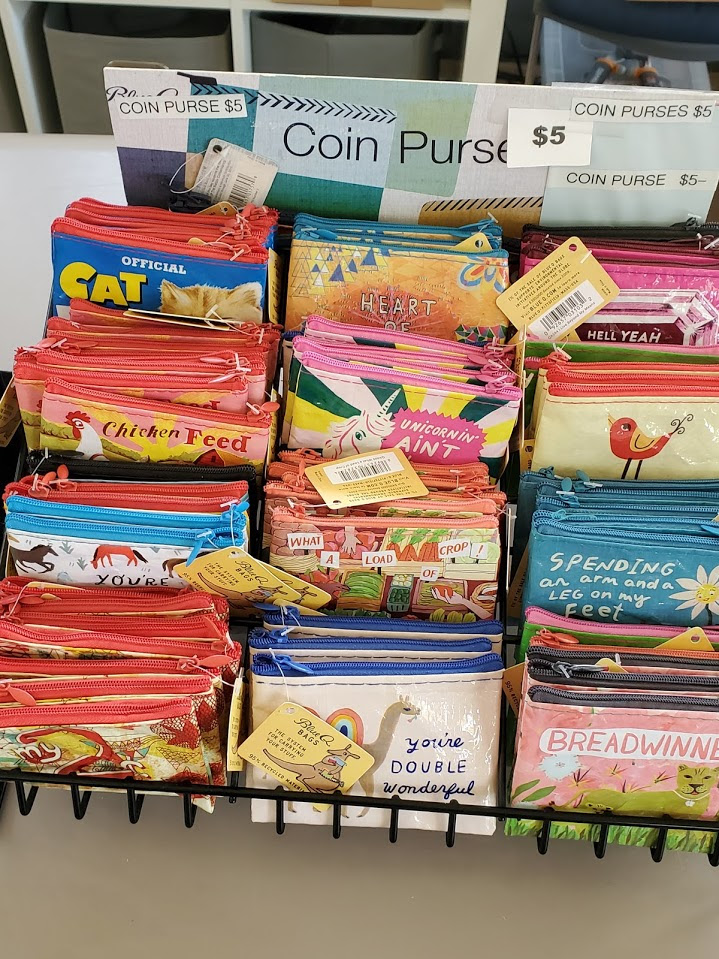
CHANGE PURSES $5-
Text by Judith Berdy Thanks to Bobbie Slonevsky
for her dedication to Blackwell’s Almanac
Thanks to Deborah Dorff for maintaining our website
Edited by Melanie Colter and Deborah Dorff
All materials in this publication are copyrighted (c)
PHOTOS FROM JUDITH BERDY COPYRIGHT RIHS/2020 (C)
MATERIAL COPYRIGHT WIKIPEDIA, GOOGLE IMAGES, RIHS ARCHIVES AND MAY NOT BE REPRODUCED WITHOUT PERMISSION (C)
FOR THIS ISSUE:
THE FORWARD
WIKIPEDIA
SPERTUS MUSUEM, CHICAGO
ASCALON STUDIOS
THE JEWISH PRESS
FUNDING BY ROOSEVELT ISLAND OPERATING CORPORATION PUBLIC PURPOSE FUNDING
DISCRETIONARY FUNDING BY COUNCIL MEMBER BEN KALLOS THRU NYC DYCD


Copyright © 2020 Roosevelt Island Historical Society, All rights reserved.Our mailing address is:
rooseveltislandhistory@gmail.com


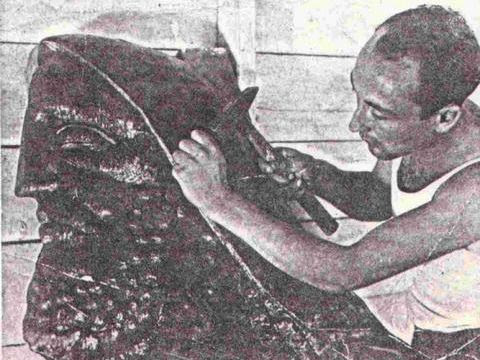
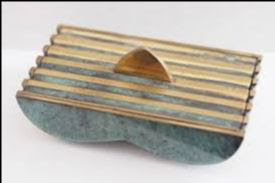
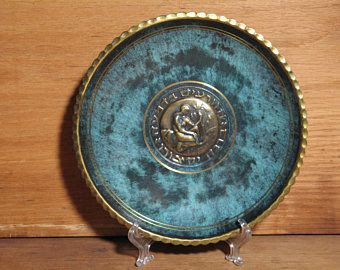
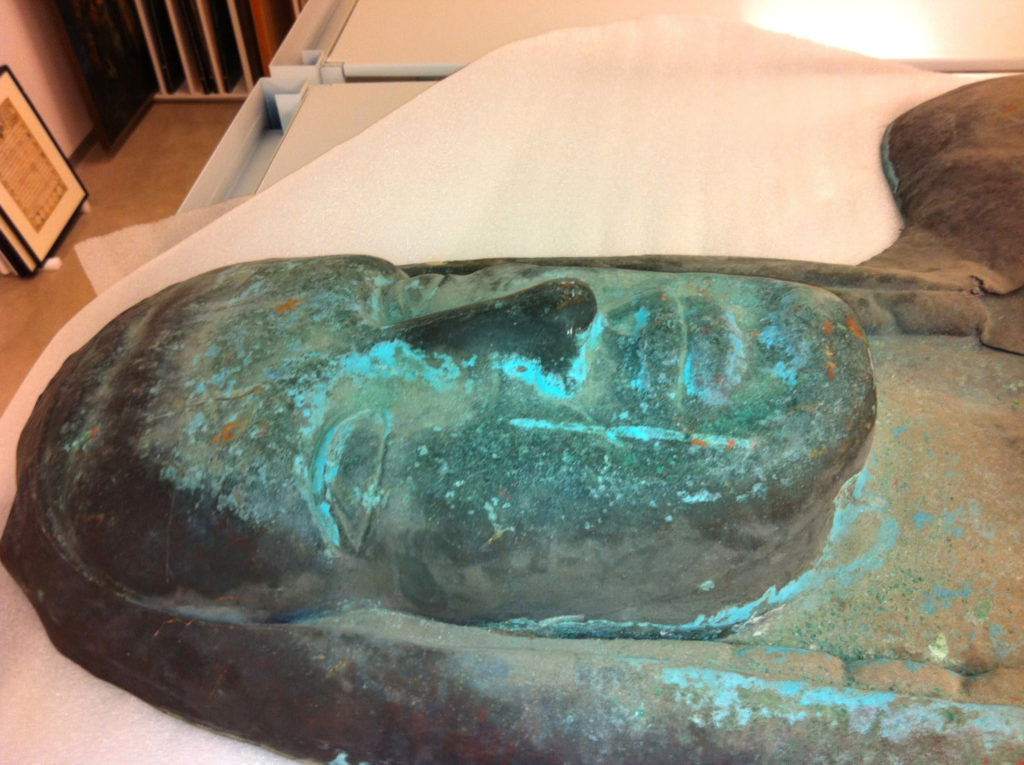
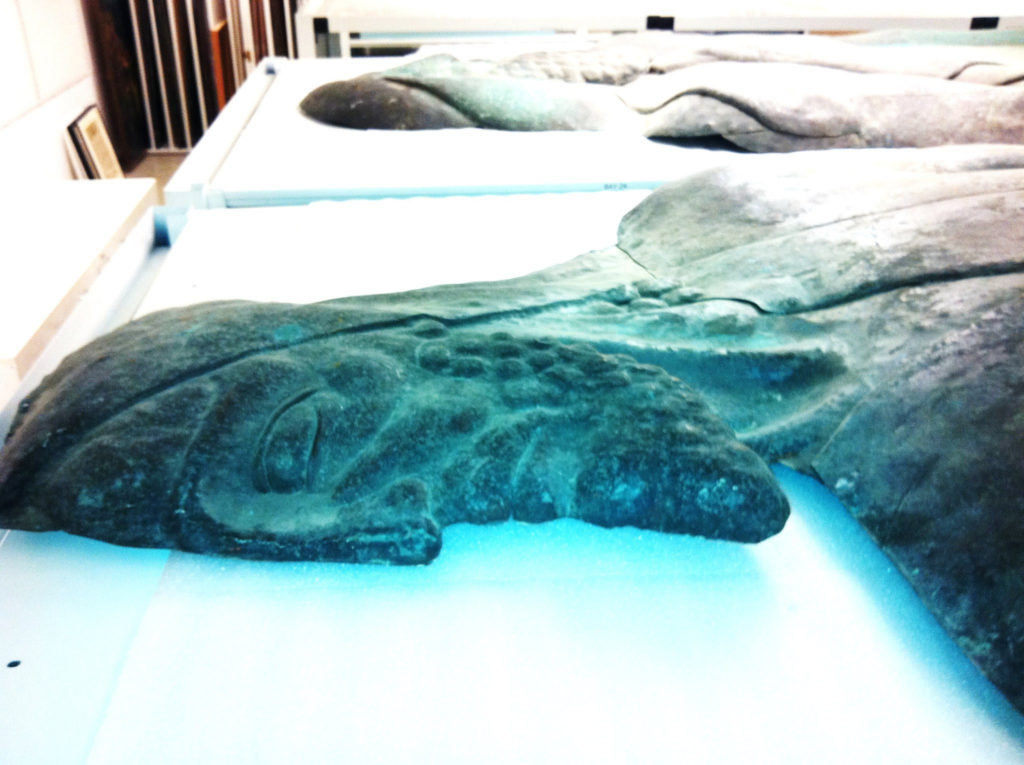
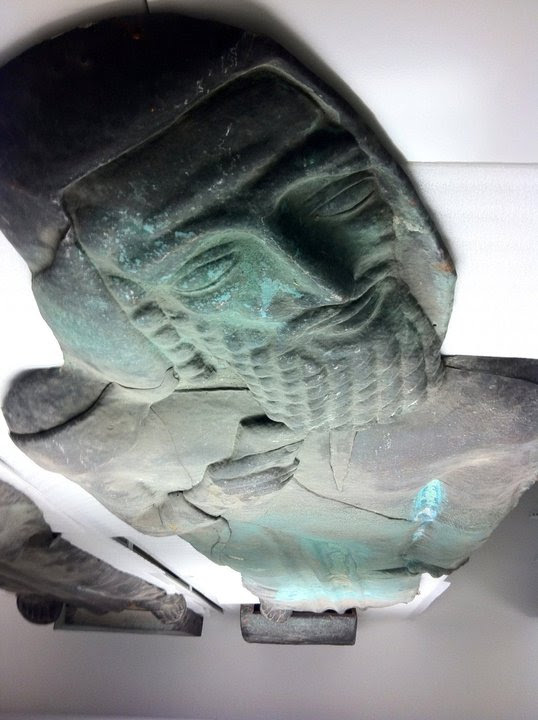
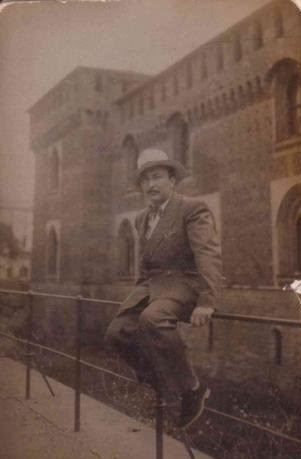
Leave a comment